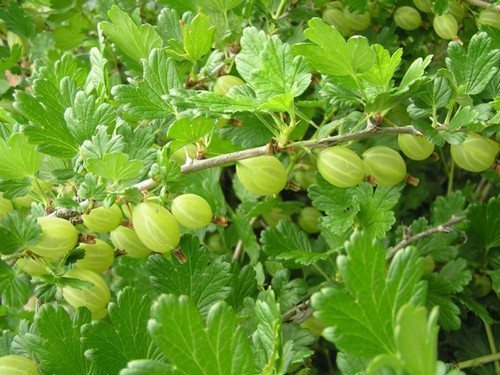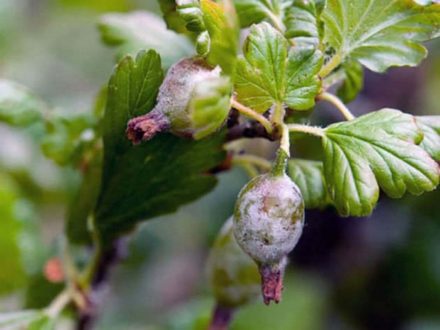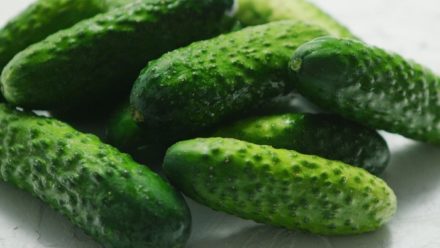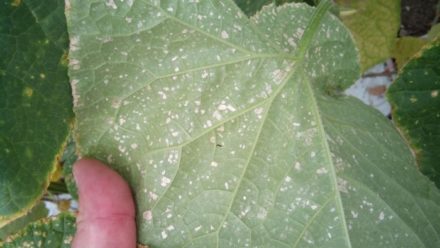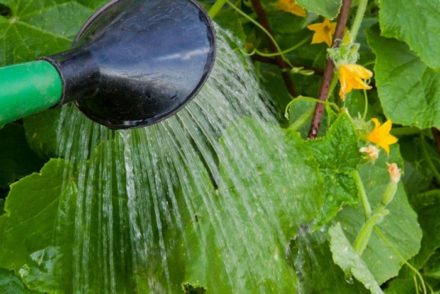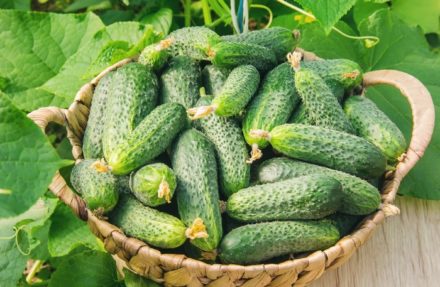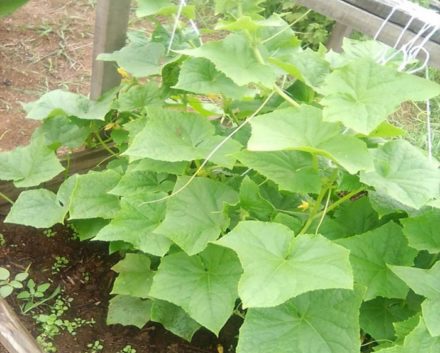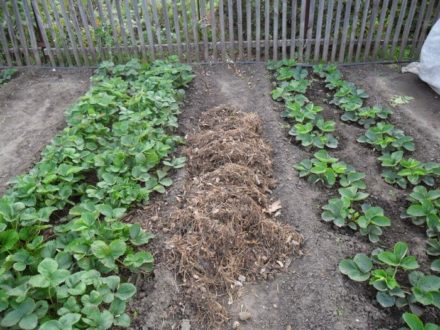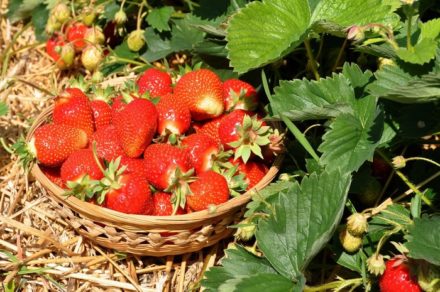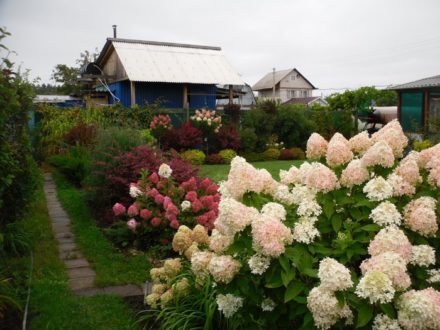Powdery mildew harms all garden and vegetable crops. Pumpkin plants, in particular cucumbers, are especially often affected by it. There are many chemicals on sale to combat this infection. However, the use of “chemistry” is associated with the risk of accumulation of harmful substances in the crop. It is better to use a remedy that has been proven for decades to help cope with a fungal infection - rotted hay. The folk method is suitable for the prevention and treatment of the disease in the initial stage.
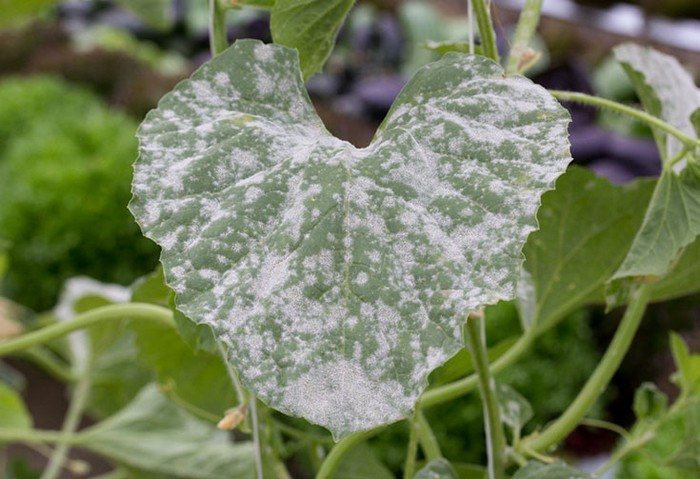
The mechanism of action of rotted hay on fungi
Hay overheats in conditions of elevated temperature and high humidity. Under the influence of these factors, hay bacillus (Bacillus subtilis) begins to develop in the mown grass. Bacteria can exist in a wide range of temperatures, but they require atmospheric oxygen to reproduce.
Beneficial microorganisms not only protect plants from diseases, but also improve their immunity. Essentially, Bacillus subtilis is a natural antibiotic. Bacillus subtilis is able to penetrate plant tissue and enter into symbiosis with it.
These bacteria improve the growth of vegetable crops and at the same time repel the attacks of harmful microorganisms. Bacillus subtilis attaches to the walls of the fungus and destroys them, causing the death of the parasite.Today, many drugs used in the agricultural sector have been developed based on Bacillus subtilis. The most popular of them:
- "Baktofit";
- "Fitosporin-M";
- "Phytodoctor";
- "Alirin-B";
- "Gamair."
In fact, you can not buy the drug, but make a medicine for plants based on Bacillus subtilis yourself. The result is an absolutely free and effective remedy for protecting plants from fungal and bacterial infections.
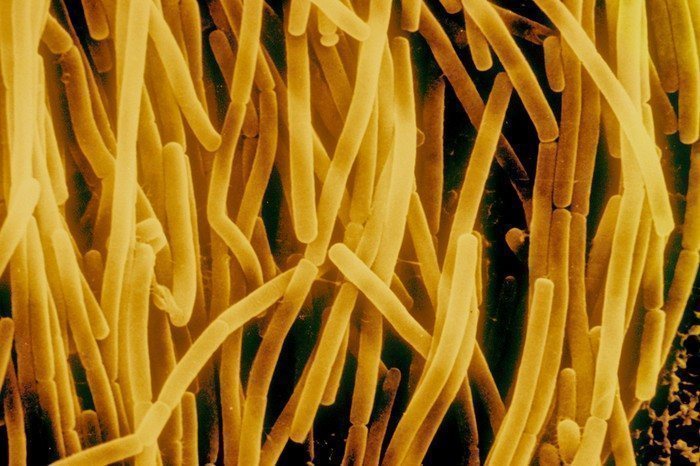
How to use grass clippings to combat powdery mildew?
Before using rotted hay, it must first be properly prepared. Do not use grass clippings that are covered in mold. To obtain hay dust, the raw materials are placed in the shade and periodically moistened with water. The hay will dry out in 2–3 weeks. It can now be used to combat powdery mildew. Infusions made from rotted hay are more popular. However, hay dust will be useful if used simply as mulch.
Mulching cucumbers with rotted hay
Powdery mildew pathogens migrate to cucumbers from the surface of the soil. A barrier made of hay dust will help protect plants. Rotted hay is simply placed on the bed as a mulching material.
In this case, ideal conditions will be created for beneficial bacteria - darkness, moisture, comfortable temperature. Bacillus subtilis will feed on decaying organic matter. The hay dust continues to be moistened periodically so that it does not dry out.
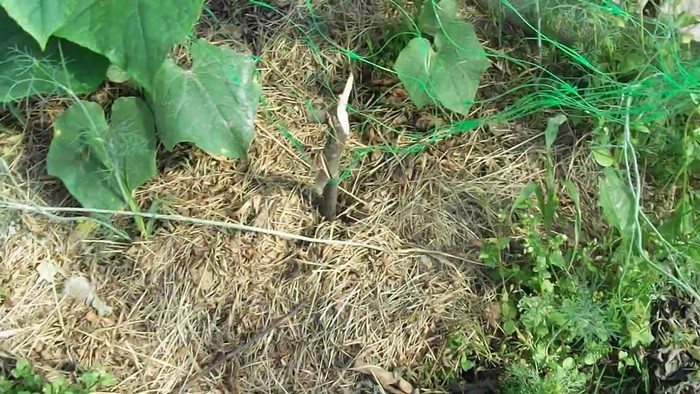
Using the infusion
First you need to prepare a stock solution. To do this, add 1 tsp to 1 liter of water. chalk and 150 g of hay. The mixture is brought to a boil and simmered over low heat for 20 minutes.Boiling is necessary to kill all pathogenic bacteria. The hay bacillus itself is not afraid of high temperatures.
After this, the broth is allowed to brew in a warm place for 3–4 days. During this time, the Bacillus subtilis spores will germinate. Now the mother culture is poured into a container with 5 liters of water, 1 kg of hay and 5 tbsp are added here. l. lime The mixture must be stirred. Then cover the container with a lid and leave in a warm place for another 3-4 days. As soon as a film appears on the surface, the composition saturated with Bacillus subtilis is ready.
Sometimes the infusion is prepared according to a simplified scheme. For this you need to use a non-metallic container. The matured hay is placed in a container, filling half the volume, and then filled with clean, settled water and kept for 2 days. Before use, the composition is filtered. The resulting infusion is sprayed on cucumbers every 10 days for the purpose of prevention. For treatment, treatment is carried out every 5-7 days until results are obtained.
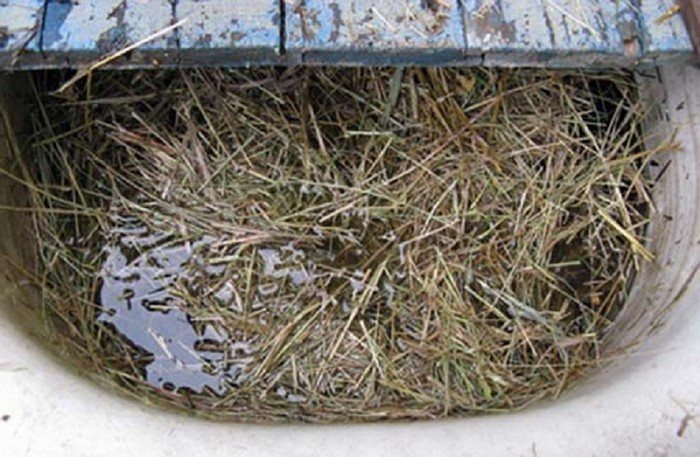
Summer residents should always be prepared, because powdery mildew can appear on cucumbers at any time. The disease attacks plantings under certain conditions. The fungus likes dry, hot weather, which allows spores to multiply intensively. That is why it is important to take preventive measures in advance.



